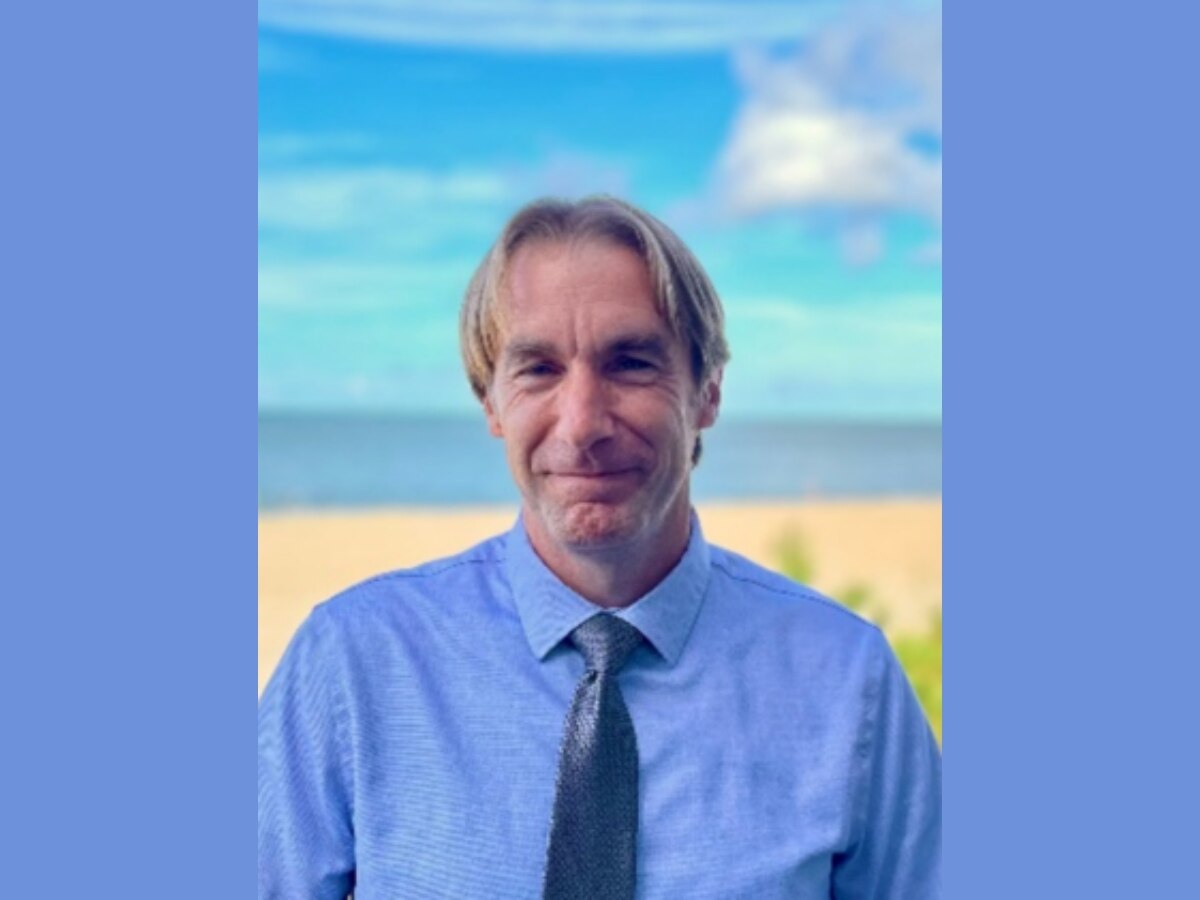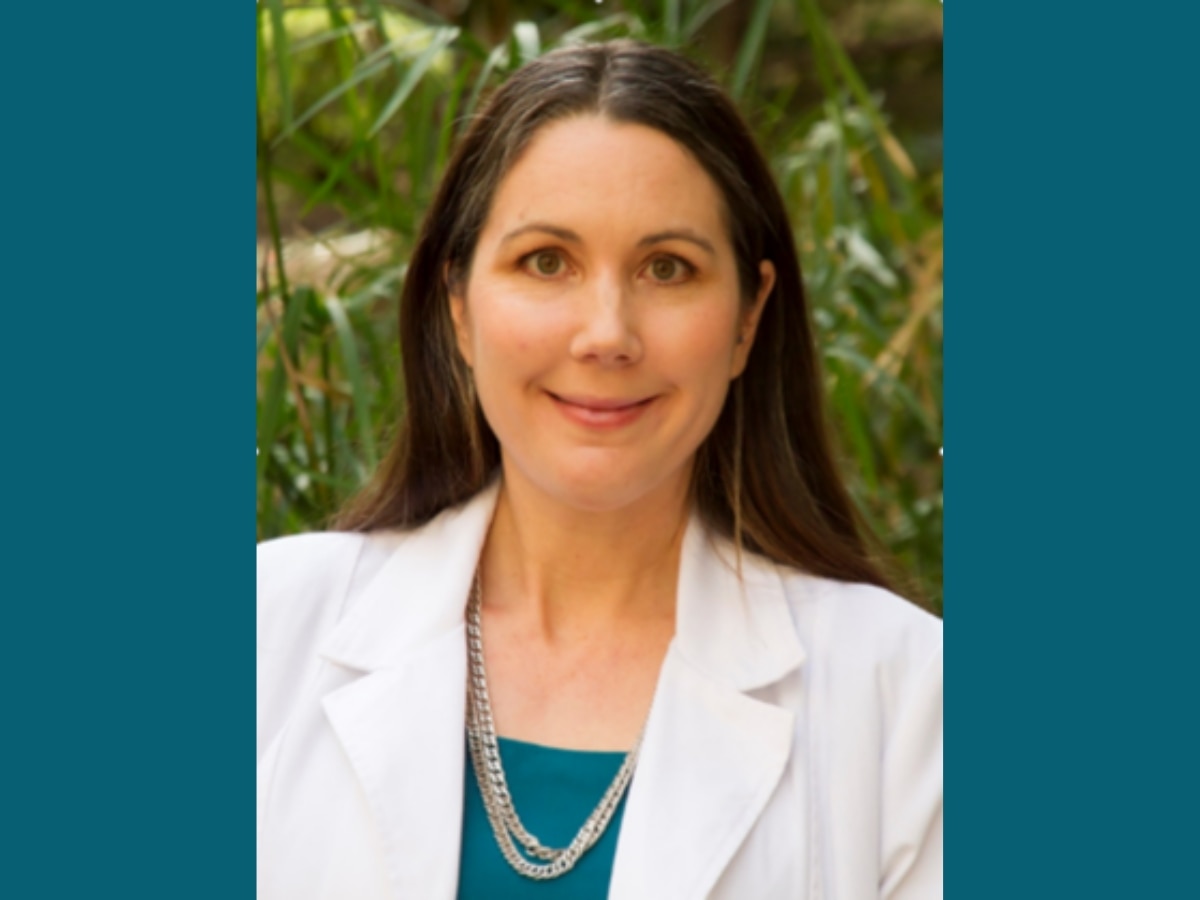Four participants selected by NASA will stay in a Mars-like habitat for a year, starting from June this year. The habitat, located in NASA’s Johnson Space Center in Houston, will simulate the Martian surface. The mission is called CHAPEA, which stands for Crew Health and Performance Exploration Analog.
NASA has planned three one-year Mars analogue missions, CHAPEA being the first of these.
The four crew members — Kelly Haston, Ross Brockwell, Nathan Jones, and Alyssa Shannon — will live and work in a 3D-printed, 1,700-square-foot habitat, NASA said on its website.
The habitat will simulate the challenges humans are likely to face when they fly to Mars in the future. These challenges include limited resources, damaged equipment, delayed communications, and environmental stress.
Quoting Grace Douglas, principal investigator of CHAPEA, a NASA statement said the simulation will allow researchers to collect cognitive and physical performance data to give them more insight into the potential impacts of long-duration missions to Mars on crew health and performance. She also said that this information will help NASA make informed decisions to design and plan for a successful human mission to Mars.
The aim of NASA’s Artemis Program is to prepare astronauts for voyages to the Moon and Mars in future, and establish a long-term human presence there. If Artemis II and III are successful, the knowledge gained from the missions will help scientists send the first astronauts to Mars in the future.
ALSO READ | Science For Everyone: Why Colonising Mars Is Still Far From Reality
Meet the crew who will spend a year on a Mars-like habitat
Haston, Brockwell, Jones, and Shannon are the four participants selected for the CHAPEA mission. The backup crew members are Trevor Clark and Anca Selariu.
Kelly Haston
Haston will serve as the commander of the CHAPEA mission. She is a Canadian research scientist experienced in building models of human disease. A registered member of the Mohawk Nation of the Six Nations of the Grand River in Canada, Haston has led stem cell-based research projects and derived multiple cell types for work in infertility, liver disease and neurodegeneration.
According to NASA, she has received a doctorate in biomedical sciences from the University of California, San Francisco, and Stanford University in California.
In Stanford University, Haston combined animal and cell-based approaches to discover biological defects associated with infertility.
Ross Brockwell

Brockwell, a structural engineer and public works administrator, will serve as the flight engineer for the CHAPEA mission. Hailing from Virginia Beach, Virginia, he earned a bachelor of science degree in civil engineering from the Georgia Institute of Technology in Atlanta, and a master of science degree in aeronautics from the California Institute of Technology in Pasadena.
Nathan Jones

Jones, a board-certified emergency medicine physician specialising in prehospital and austere medicine (medicine practised in remote areas), will serve as the medical officer for the CHAPEA mission. Hailing from Springfield, Illinois, Jones currently works as an emergency medical physician, emergency medical doctor, and tactical medicine physician at Springfield Memorial Hospital, and is an associate professor of emergency medicine at the Southern Illinois University School of Medicine.
Jones earned a medical doctorate from the same institute, and completed a residency in emergency medicine at the University of Illinois College of Medicine at Peoria
Alyssa Shannon

Shannon, an advanced practice nurse at the University of California, Davis, Medical Center, will serve as the science officer for the CHAPEA mission. Hailing from Sacramento, California, Shannon has a strong interest in data visualisation and the use of accurate data to improve patient outcomes.
Shannon has earned a master of science degree from the University of California, San Francisco, as a cardiovascular clinical nurse specialist with a minor in genetics.
Lessons learnt from the CHAPEA mission will prepare NASA for sending humans to the Red Planet.